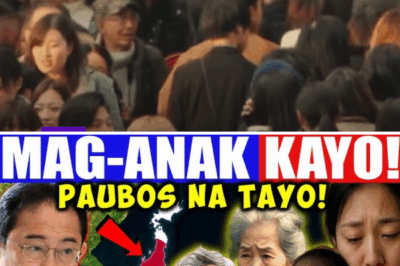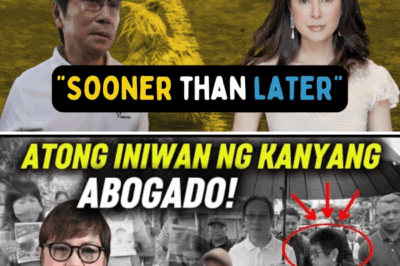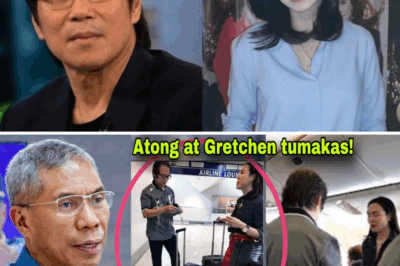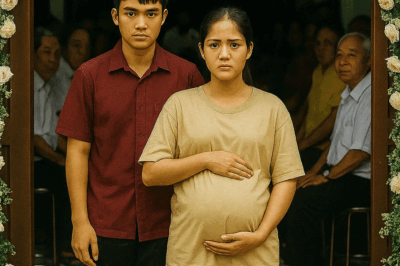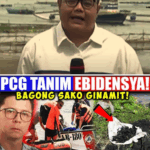Batangas, Philippines — As the investigation into the missing sabungeros intensifies, a new controversy has emerged — and it’s pointing directly at the PGC (Philippine Government Commission).
According to rising whispers online and insider sources, some are now questioning whether evidence recently recovered from Taal Lake — including plastic sacks, skeletal remains, and weighted cement blocks — was planted deliberately to validate the viral testimony of whistleblower “Alyas Totoy.”
🧩 The Timing: Too Perfect?
Investigators — and the public — were stunned when authorities “suddenly” found multiple sacks containing human bones in the waters of Taal Lake just days after Alyas Totoy went public with explosive allegations naming powerful individuals behind the sabungero disappearances.
Totoy’s claims included:
Bodies being wrapped in plastic sacks
Victims being weighed down with concrete
Dumping operations allegedly linked to a high-profile gambling figure
Shortly after, authorities announced they had discovered exactly that — down to the smallest detail.
“It’s too neat. Too convenient,” one independent journalist posted.
“Are they uncovering truth — or staging it?”
🔍 Who’s Pointing Fingers at the PGC?
While no official group has accused the PGC outright, several legal experts and whistleblower protection groups are demanding transparency on:
Who authorized the dive operations?
Were the locations independently verified or guided by insider tips?
Why was media coverage initially restricted during retrieval?
Some netizens now believe there may have been an effort to “tweak or tailor” physical evidence to align with Totoy’s viral claims — possibly to fast-track public trust or create a “clean narrative.”
“If the PGC planted anything, it would be one of the biggest betrayals of justice we’ve ever seen,” warned a former DOJ official.
🗣️ PGC Responds: “We Acted on Tip-Off, Not Agenda”
In response to the growing skepticism, the PGC released a brief statement:
“The recovery operations were based on verified tips from informants and GPS coordinates provided under protection. All procedures followed standard protocol and were supervised by third-party forensic analysts.”
But critics say that’s not enough — and are demanding full video transparency of the recovery process, including raw bodycam footage and chain-of-custody records.
⚠️ The Danger of “Matching” the Narrative
Legal experts are warning against what they call “confirmation bias policing” — a dangerous trend where investigators may seek evidence that supports a testimony, rather than pursuing neutral truth.
“When everything conveniently matches one whistleblower’s story too perfectly — we must pause,” said Atty. Rowena Gatchalian.
“The goal is truth, not a tidy story.”
💬 Public Reactions: Split and Suspicious
Online, public sentiment is now divided:
✅ Some still believe the evidence is real and supports Totoy’s bravery, saying:
“He told the truth, and now we see it — justice is finally catching up.”
❌ Others fear a deeper scheme is in motion:
“What if this is a setup? What if they’re feeding us what they want us to see?”
“Truth doesn’t need choreography. But this feels staged.”
👁️🗨️ What’s Next?
Independent forensic audits of all discovered remains and materials
Calls for Senate oversight into the integrity of the PGC’s investigation
Protection reassessment for Alyas Totoy, in case political interests shift against him
Push for full transparency — raw footage, documents, and unfiltered reports
🔚 Final Thoughts
If the evidence is real, it will bring long-overdue justice to dozens of grieving families.
But if even one piece was planted to manipulate public opinion or fast-track a narrative — then this case may be more corrupt than anyone imagined.
Because in a country where justice is often staged, the real victims are not just those who disappeared…
But also the truth itself.
News
😱JAPAN ON THE BRINK?! Population COLLAPSE Accelerates — Nation Faces EXTINCTION-Level Crisis! Schools closing, towns vanishing, and workers disappearing — Japan’s falling population isn’t just a problem anymore… it’s a ticking time bomb!
Tokyo, Japan — Once known as a powerhouse of technology, discipline, and economic strength, Japan is now facing a silent…
SHOCK: ABANDONED! Atong Ang’s OWN LAWYER WALKS AWAY Amid Sabungero Scandal! 😱 “I Can’t Defend This Anymore!” Just when things couldn’t get any worse, Atong Ang has been left hanging — by the very man paid to protect him! What does this sudden legal betrayal mean? Is the case already lost?
💥 In a shocking development that has added fuel to the already raging fire, Atong Ang’s lead defense lawyer has…
💣ATONG ANG ESCAPES the PHILIPPINES! 😱 Caught on CCTV Boarding Secret Flight — GRETCHEN BARRETTO LEFT STUNNED and SILENCED! The alleged mastermind behind the missing sabungeros vanishes into thin air — leaving behind questions, fury, and a trail of bodies floating in Taal Lake!
🚨ATONG ANG FLEES the PHILIPPINES! 😱 CAUGHT at the AIRPORT in LAST-MINUTE ESCAPE — Gretchen Barretto Left STUNNED and SILENT!The…
Biyenan Napansin ang Manugang na Laging Nasa Banyo ng Mahigit Isang Oras Gabi-gabi — Isang Gabi, Nakinig Siya sa Pintuang Sarado… at Agad Tumawag ng Pulis!
Every Night, My Daughter-in-Law Took an Hour-Long Shower — One Evening, I Secretly Listened at the Door and Immediately Called…
Dalagang Nabuntis ng Isang Construction Worker, Pinaasa, Iniwan — Ngunit Makalipas ang 17 Taon, Lumitaw ang Isang Katotohanang Hindi Niya Kailanman Inasahan…
A 20-year-old girl accidentally got pregnant with a construction worker,… The 20-year-old girl accidentally got pregnant with a construction worker,…
KAKAUWI PA LANG NI MISIS MULA SA WORK TRIP, HALOS HILAHIN NA SIYA NG ASAWA PAPASOK SA KWARTO: “NAMISS KITA, LOVE…” AKALA NIYA YON AY PAGMAMAHAL—’DI NIYA ALAM, MAY TRAHEDYANG NAKATAGO SA LOOB NG BAHAY NA ’TO…
After going on a business trip for 1 month, as soon as I got home, my husband immediately urged me…
End of content
No more pages to load

